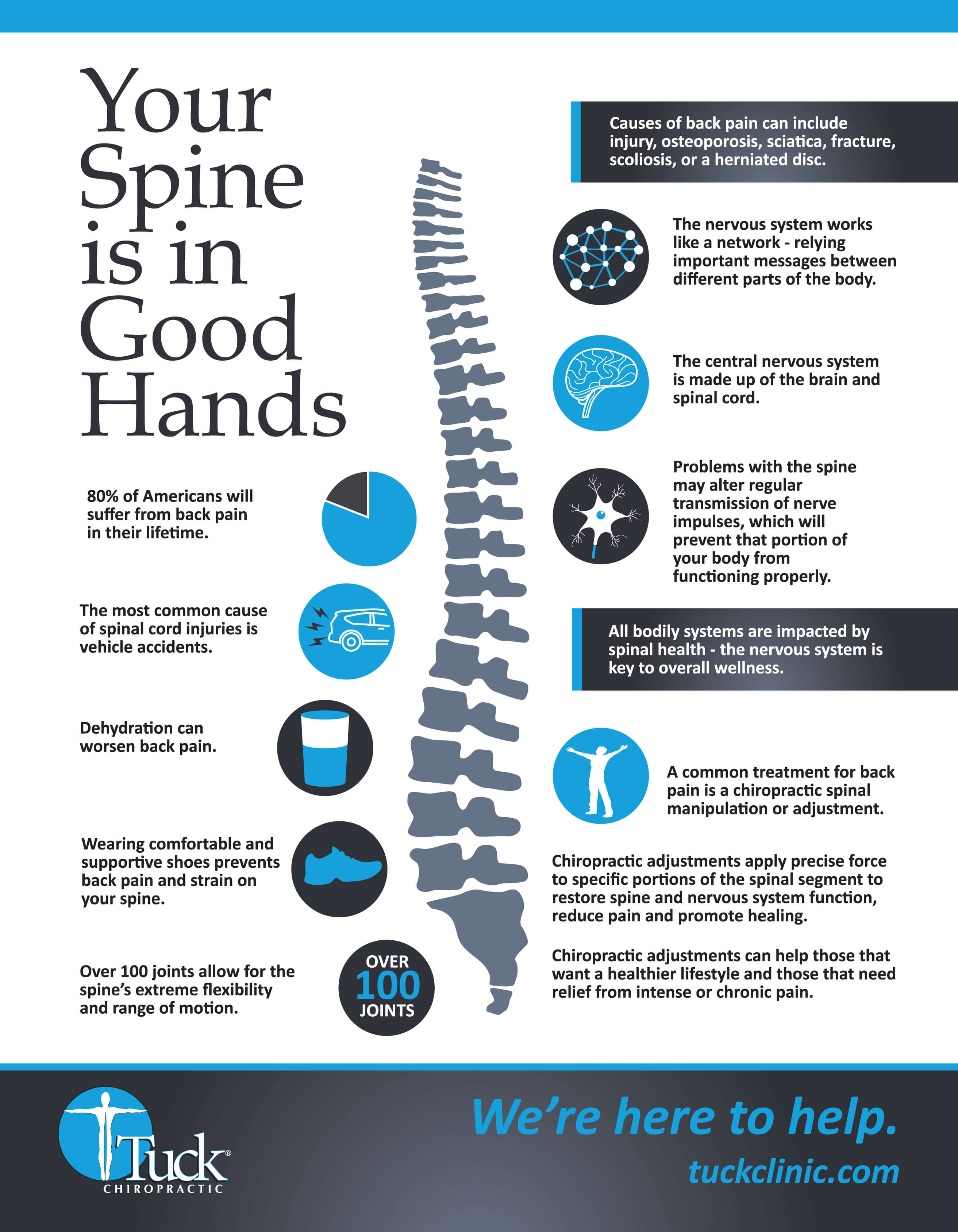Discovering The Scientific Research Behind Cold Laser Therapy: Analyzing Its Systems And Effects
Discovering The Scientific Research Behind Cold Laser Therapy: Analyzing Its Systems And Effects
Blog Article
Material Author-Rosendahl Roman
You may have heard of cold laser treatment as an encouraging therapy choice for various problems, yet have you ever asked yourself how it really works on a cellular level? Understanding the systems behind this treatment can clarify its efficiency in advertising healing and minimizing swelling. By checking out the scientific research behind cold laser treatment, you'll obtain insights right into the interesting methods which light can influence mobile procedures and promote tissue repair service.
How Cold Laser Therapy Works
To recognize how cold laser therapy functions, you require to comprehend the fundamental concepts of exactly how light power interacts with organic cells. Cold laser treatment, likewise called low-level laser treatment (LLLT), utilizes specific wavelengths of light to pass through the skin and target underlying tissues. Unlike the extreme lasers made use of in procedures, cold lasers release reduced degrees of light that do not produce heat or cause damage to the tissues.
When these mild light waves reach the cells, they're taken in by parts called chromophores, such as cytochrome c oxidase in mitochondria. This absorption causes a collection of organic feedbacks, consisting of boosted cellular energy manufacturing and the release of nitric oxide, which boosts blood circulation and reduces inflammation.
Additionally, the light power can likewise promote the manufacturing of adenosine triphosphate (ATP), the energy currency of cells, assisting in mobile repair and regeneration procedures.
Essentially, Read the Full Piece of writing uses the power of light energy to promote recovery and relieve pain in a non-invasive and mild manner.
Devices of Action
How does cold laser therapy really work to create its restorative effects on organic cells?
Cold laser therapy, also known as low-level laser treatment (LLLT), operates through a procedure known as photobiomodulation. When pyxi rose is related to the skin, the light power passes through the tissues and is absorbed by chromophores within the cells.
These chromophores, such as cytochrome c oxidase in the mitochondria, are after that stimulated by the light energy, leading to a cascade of organic reactions. One crucial device of action is the improvement of mobile metabolism.
The taken in light power boosts ATP production in the mitochondria, which is vital for mobile function and repair service. Furthermore, cold laser treatment helps to minimize inflammation by inhibiting inflammatory arbitrators and advertising the release of anti-inflammatory cytokines.
This anti-inflammatory result contributes to pain alleviation and tissue recovery.
Restorative Effects
Understanding the healing results of cold laser therapy involves identifying how the improved mobile metabolism and anti-inflammatory properties contribute to its positive results on biological tissues.
When the cold laser is related to the afflicted location, it stimulates the mitochondria within the cells, bring about increased manufacturing of adenosine triphosphate (ATP), which is crucial for mobile function and repair. This boost in cellular power increases the healing process by promoting tissue regeneration and minimizing swelling.
In addition, the anti-inflammatory homes of cold laser treatment help to decrease pain and swelling in the targeted area. By inhibiting https://chiropractor-open-saturda83837.mybuzzblog.com/9838339/eager-to-find-the-performance-and-security-of-chilly-laser-therapy-gadgets-transitioning-to-home-use and promoting the release of anti-inflammatory cytokines, cold laser treatment aids in minimizing discomfort and enhancing the overall recovery feedback.
This decrease in inflammation not only offers instant relief but likewise supports long-term cells repair work.
Verdict
To conclude, cold laser treatment functions by stimulating cellular repair and tissue regeneration through photobiomodulation. Its anti-inflammatory residential properties give discomfort relief and reduce swelling by inhibiting inflammatory conciliators.
This therapy supplies an extensive strategy to recovery, delivering both immediate alleviation and lasting cells repair benefits.
Via its mechanisms of action, cold laser treatment proves to be an effective and promising therapy alternative for a range of problems.
